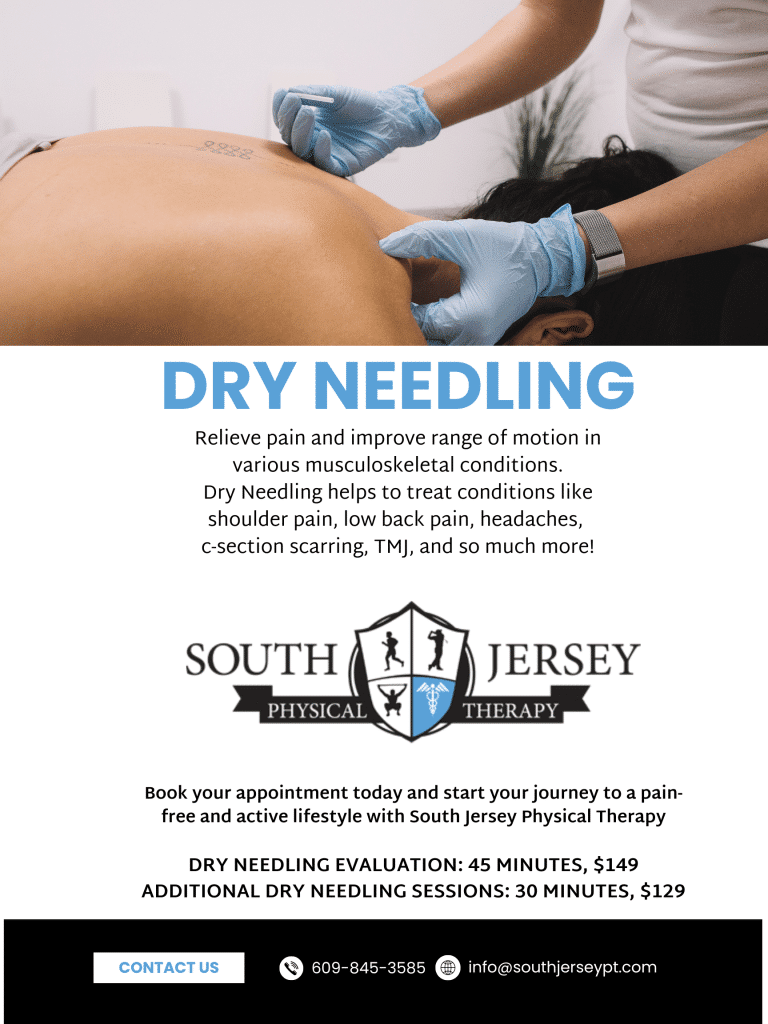Falls are one of the most common yet overlooked challenges that people face as they grow older. A stumble on the stairs, a misstep on uneven pavement, or even a slip in the kitchen can have lasting effects on confidence and independence. But here’s the truth: falling is not an inevitable part of aging. With the right knowledge, preparation, and lifestyle choices, you can significantly reduce your risk and continue living with confidence and freedom.
This blog explores the connection between falls and balance, why they happen, and practical strategies you can use to build strength, stability, and resilience in everyday life.
Why Falls Are So Common
Falls don’t happen by chance. In most cases, they are the result of a combination of factors that quietly build up over time. Some of the most common contributors include:
- Muscle Weakness: As we age, we naturally lose muscle mass and strength, especially in the legs and core. Weak muscles make it harder to catch yourself if you trip or to stay steady when walking.
- Poor Balance and Coordination: Balance relies on your muscles, joints, vision, and inner ear working together. If one part of this system is affected, steadiness becomes harder to maintain.
- Joint Stiffness and Arthritis: Stiff or painful joints reduce mobility and make movements less smooth, increasing the likelihood of tripping or stumbling.
- Vision Changes: Deteriorating eyesight makes it harder to judge distances or see obstacles in your path.
- Medications: Certain prescriptions can cause dizziness, fatigue, or low blood pressure, raising the risk of a fall.
- Environmental Hazards: Clutter, loose rugs, poor lighting, or slippery floors can all create conditions where falls are more likely.
Recognizing these risk factors is the first step toward making meaningful changes.
The Hidden Impact of Falls
When most people think of falling, they imagine a physical injury like a broken bone or sprained ankle. While those are serious, the effects of a fall go far beyond the body.
- Fear of Falling: Many people develop anxiety after a fall, leading them to avoid activities they once enjoyed. Ironically, this fear often reduces physical activity, which further weakens the body and increases the risk of another fall.
- Loss of Independence: Frequent falls or the fear of falling can cause individuals to rely more on others, reducing their sense of freedom.
- Reduced Social Engagement: Avoiding outings or group activities to stay “safe” can lead to isolation and loneliness.
The good news? By addressing balance and stability proactively, you can break this cycle before it begins.
Building Better Balance: Practical Strategies
1. Strengthen Your Muscles
Strong muscles—especially in the legs, hips, and core—are essential for stability. Simple exercises can help you build strength:
- Sit-to-Stand: Practice standing up from a chair without using your hands.
- Heel Raises: Rise onto your toes, hold, then slowly lower down.
- Bridges: Lie on your back, bend your knees, and lift your hips to engage your glutes.
Aim for 2–3 sets of 10–15 repetitions, several times per week.
2. Train Your Balance
Balance is like any skill—it improves with practice. Try incorporating these exercises:
- Single-Leg Stands: Stand on one leg while holding onto a sturdy surface for support.
- Tandem Walk: Walk heel-to-toe in a straight line, as if you were on a tightrope.
- Weight Shifts: Gently transfer your weight from one foot to the other.
Start slowly, then gradually challenge yourself by reducing support or closing your eyes.
3. Improve Flexibility and Mobility
Stiff muscles and joints limit movement and increase your risk of stumbling. Gentle stretching can help:
- Stretch your calves, hamstrings, and hip flexors daily.
- Incorporate mobility routines, such as yoga or tai chi, to improve overall fluidity of movement.
4. Focus on Core Strength
Your core muscles (abdominals, obliques, back, and pelvic floor) provide the foundation for stability. Strong core muscles help you maintain posture and control during movement.
Try these simple exercises:
- Planks: Hold your body in a straight line, supported on forearms and toes.
- Bird Dogs: On hands and knees, extend opposite arm and leg, then switch.
- Pelvic Tilts: Gently rock your pelvis back and forth while lying on your back.
5. Make Your Home Safer
Small changes in your environment can significantly reduce fall risk:
- Remove loose rugs or secure them with nonslip pads.
- Install grab bars in the bathroom and along stairs.
- Ensure all rooms and hallways are well-lit.
- Keep walkways free of clutter.
- Store frequently used items at waist height to avoid reaching or bending excessively.
6. Pay Attention to Footwear
Supportive shoes provide a stable base for movement. Avoid shoes with slippery soles, high heels, or worn-out treads. Instead, choose footwear with:
- Nonslip soles
- Good arch support
- A snug but comfortable fit
7. Review Medications with Your Doctor
If you experience dizziness, fatigue, or lightheadedness, ask your healthcare provider whether your medications could be contributing. Sometimes a small adjustment makes a big difference.
8. Nourish Your Body
Good nutrition plays a critical role in keeping your bones, muscles, and nerves healthy. Focus on:
- Protein: Supports muscle repair and growth.
- Calcium and Vitamin D: Strengthen bones and reduce fracture risk.
- Hydration: Prevents dizziness and supports joint health.
9. Stay Active Daily
Movement doesn’t have to mean hours at the gym. Even light activity, such as walking, gardening, or dancing, helps maintain balance and strength. The key is consistency.
10. Address Vision and Hearing
Regular eye and hearing exams ensure you can accurately sense your surroundings. Poor vision or hearing may delay your reaction to obstacles.
The Role of Mindset
Physical strategies are vital, but don’t underestimate the role of mindset in preventing falls. Confidence and awareness make a big difference. When you believe you can move safely, you’re more likely to stay active, which further strengthens your body.
Mind-body practices like tai chi, yoga, or mindful walking can help improve not only physical balance but also mental focus.
When to Seek Professional Help
If you’ve experienced falls, feel unsteady, or have concerns about your balance, don’t ignore the warning signs. Professional guidance can provide clarity and tailored strategies for your unique situation.
Movement specialists, such as physical therapists or functional training experts, can:
- Assess your posture, gait, and movement patterns
- Identify weak points or imbalances
- Create a personalized exercise plan
- Provide hands-on support and accountability
Seeking help is not a sign of weakness—it’s an investment in your independence and long-term well-being.
Key Takeaways
- Falls are common, but they are not inevitable.
- Strength, balance, flexibility, and awareness all play critical roles in preventing falls.
- Small, consistent actions—like strengthening exercises, safe footwear, and home adjustments—can dramatically reduce your risk.
- Confidence and mindset matter as much as physical preparation.
- Professional guidance can provide personalized support when needed.
Final Thoughts
Balance is about more than avoiding falls—it’s about maintaining independence, confidence, and the ability to enjoy life on your own terms. By strengthening your body, improving your awareness, and making a few simple adjustments, you can create a safer environment and a stronger foundation for the future.
Whether you’re looking to stay active, keep up with family, or simply move with confidence in daily life, the path forward is clear: take small, intentional steps today to protect your balance and reduce your risk of falls tomorrow.
We’re currently offering Free Discovery Visits for new patients to explore their options, ask questions, and experience a trial session of care.
📅 Spots are limited and tend to fill quickly—don’t wait to take back control of your balance.
Call (609) 845-3585 or visit https://info.southjerseypt.com/discovery-visit to claim your free session.



